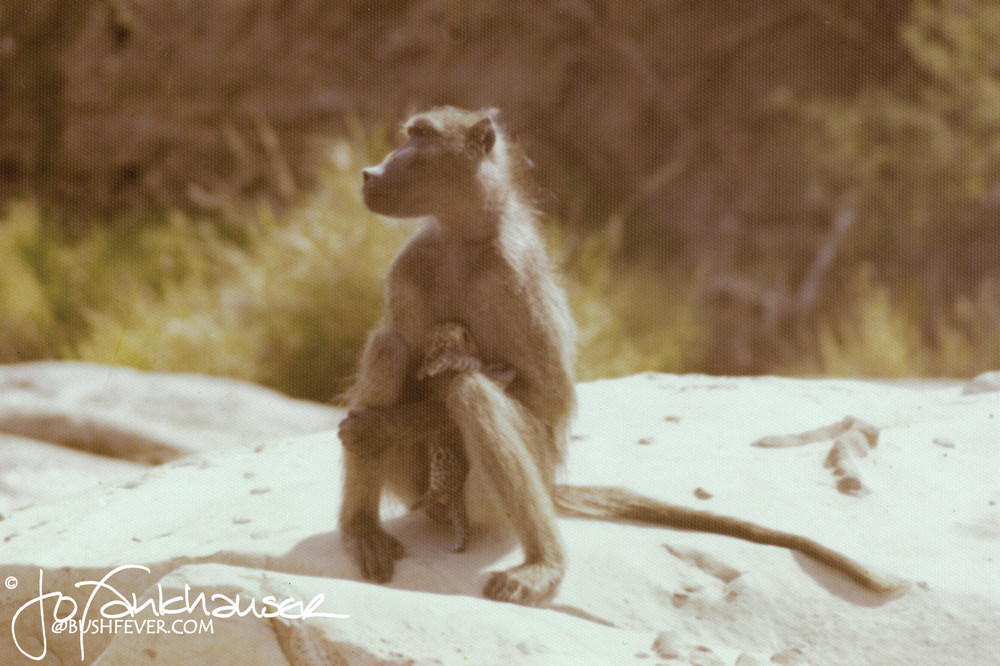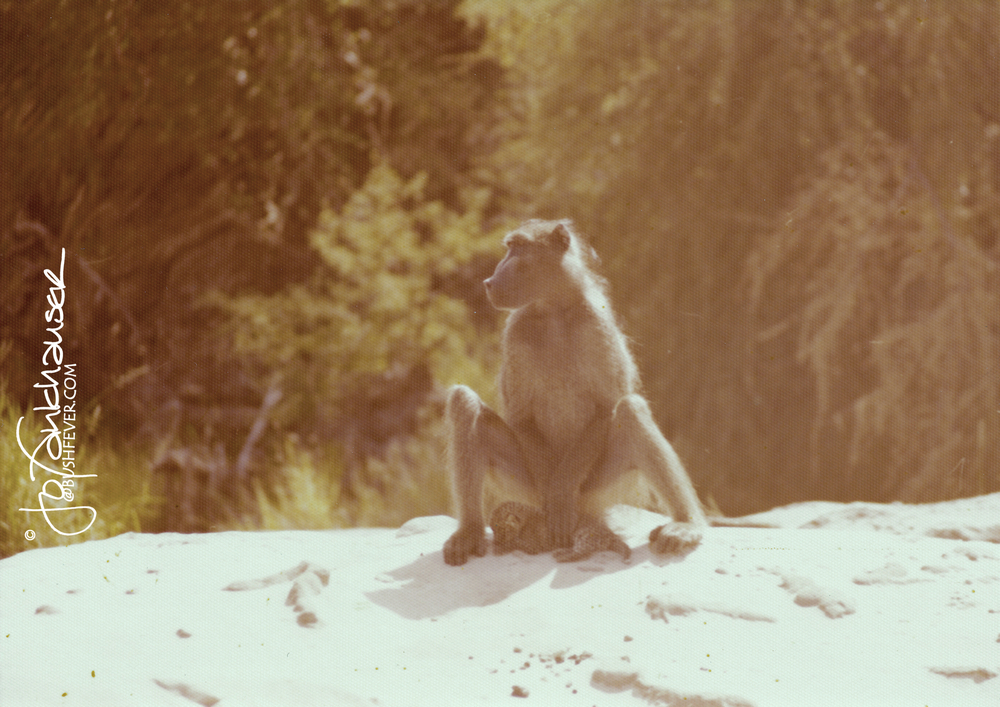While I didn’t actually shoot the images provided below, this story is one of the pivotal moments which lead to my passion for wildlife photography.
I originally uploaded this story to the South African National Parks «Travel Tales» forum. Jeff Gordon subsequently invited me to submit the story for possible publication in his book «101 Kruger Tales: Extraordinary Stories from Ordinary Visitors to the Kruger National Park», which he compiled and edited. The story made it into the 101 tales eventually published.
Having had the privilege of growing up and working in Phalaborwa – on the door step to the Kruger National Park’s western border – I’ve made more trips into the Kruger than I can remember.
There is however one trip in particular, way back in the early 1970s, that is deeply imprinted in my psyche.
It was early Sunday morning and my father loaded us kids into the car to take a drive through the Park down to Olifants Camp for lunch. After a couple of relatively uneventful hours on the dusty road to Letaba, my father turned right onto the short loop that hugs the dry Nhlanganini riverbed which, from experience, often proved a rewarding detour for us. After rounding the kopje on the right we approached the first drift through the riverbed. A car was already parked in middle of the drift on a flattish rocky area just off the left edge of the road, so we approached slowly with four pairs of eyes eagerly scanning the riverbed for whatever it was they had stopped for. There was nothing. My father eventually asked the driver of the car what he had seen. Rather mysteriously the man refused to be drawn on exactly what it was but rather suggested we be patient as the subject of interest would hopefully soon be back.
My father pulled up behind the parked car, switched off the engine and there we all waited impatiently.
Sure enough, after a few minutes an adolescent male baboon dropped down into the riverbed from the trees on the opposite bank with what appeared to be something under its arm. It strolled slowly over to where we were parked, stopping about five metres from the cars and then extravagantly revealed to us that which it had been holding under its arm: a tiny and very noisy young leopard cub.
We couldn’t believe our eyes; this idiot baboon had got itself a toy, and, was it proud of itself!

We watched amazed as the baboon nuzzled the cub and clumsily tried to mother it, squeezing it up against its chest so hard we thought the cub might die. Every now and again, he would hold the leopard aloft, as if to show off his prize.
Of course we all immediately started formulating plans of how we could liberate the poor cub from this thug; one idea being to sacrifice some of our packed breakfast to entice it closer to the car in the hope that it would drop the cub in panic when we suddenly open the doors. No such luck; the baboon was onto us long before we could even think of putting any such rescue plan into action. It must have known we were up to something, because it simply stood up, walked a few paces, and plonked itself down again, this time a good 10 metres away, and continued its showboating.

The leopard cub was clearly not happy and increasingly began to make its feelings known to everyone within earshot. The squealing did not appear to be going down at all well with its captor who was getting edgy and had begun making nervous glances in the direction of the nearby kopje. After several minutes, the baboon decided that the show could no longer go on with all this racket so it stood up, turned around and made off back to the
safety of its troop in the trees, with the still-screeching cub firmly under its arm.
We stayed on for some considerable time hoping for a curtain call, but that was it – the show was over.
There was probably no happy end for the leopard cub, but I suppose that’s the way nature works.
There was no happy end for my father either. He had taken a number of shots of this unique encounter with his Pentax SLR (the one that I «inherited») and was pretty sure that he would soon be making a small killing when he sold them to the highest bidder. However, when he got the slides back after developing and mounting, he was hugely disappointed to find that in all the excitement he had forgotten to close the lens’ aperture ring and had got the exposure horribly wrong. The photos were just passable enough to allow him to prove the authenticity of the sighting to everyone he had earlier bragged about it to, but his dream of a financial windfall and international wildlife photography accolades remained that – a dream.
Notes:
- In the above story, I have as far as practicable tried to revert to the original text which I sent to Jeff for consideration in early 2013. Geff – thanks for all the improvements that I have retained.
- Modern digital technology has allowed me to resurrect the old prints and optimize the images sufficiently for this story. My dad preferred to have his photographs printed using a matt finish, hence the grainy pattern.
- The book 101 Kruger Tales: Extraordinary Stories from Ordinary Visitors to the Kruger National Park is available from Amazon





























